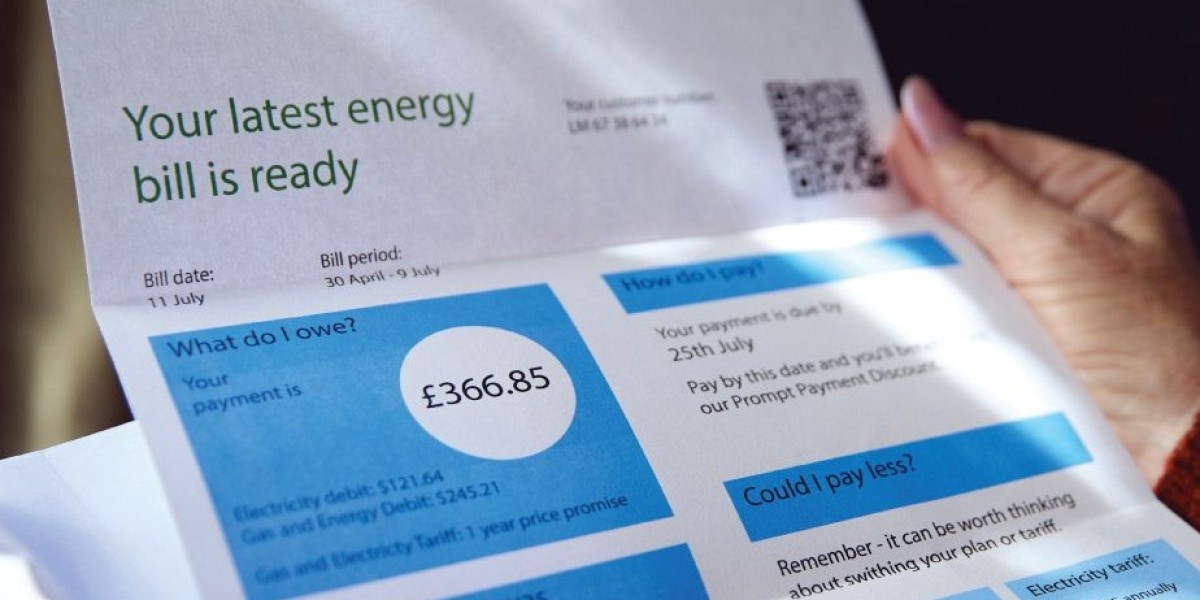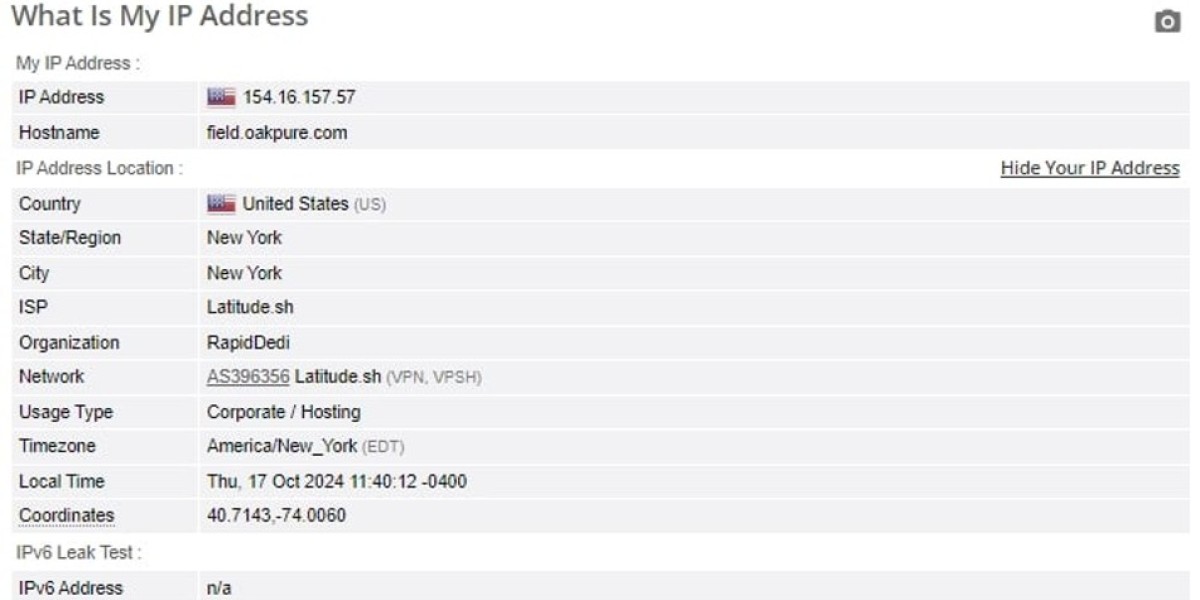Whether you're designing props for a film, building immersive worlds in a video game, or creating visual art, a realistic Utility bill generators can add authenticity and depth. When used ethically and for entertainment purposes only, these documents can enhance storytelling and visual design without legal risk. Here’s how to make a utility bill look convincingly real.
? 1. Use a Professional Template
Start with a high-quality utility bill template. Choose one that mirrors real-life layouts—clean, structured, and detailed. Templates for electricity, water, gas, and internet should include standard sections like account number, usage data, billing date, and payment due date.
✍️ 2. Customize the Details Thoughtfully
Add fictional but realistic:
Names and addresses
Meter readings or usage estimates
Billing cycles and dates
Charges and tax breakdowns
Stick to believable numbers and formatting. Avoid overloading the bill with excessive or dramatic data—it should feel mundane and routine.
? 3. Match Fonts and Design Elements
Use fonts and colors that resemble those used by real utility companies. Add a logo, watermark, or header that looks corporate, but obviously fictional to avoid confusion or legal concerns.
? 4. Export in High-Quality PDF or Print Format
Make sure the final document is crisp and clear. A blurry or pixelated bill won’t pass as real in visual media. Save your file in PDF and print at 300 DPI for props or close-up scenes.
⚠️ 5. Use for Legal, Creative Purposes Only
Never use fake utility bills to mislead landlords, banks, or government institutions. That’s fraud. These bills should only be used in entertainment, education, or artistic settings where no deception or harm is involved.
? Final Thoughts
Creating a real-looking utility bill for entertainment purposes is all about attention to detail and ethical use. With the right tools and a creative eye, you can produce convincing, professional-looking documents that enhance your projects—without crossing legal or ethical lines.








